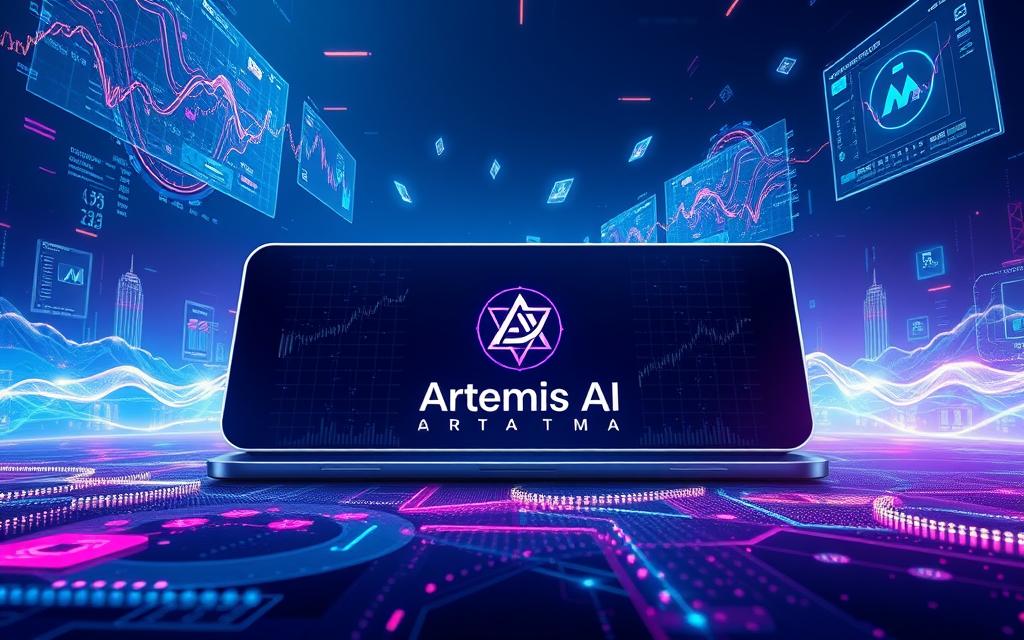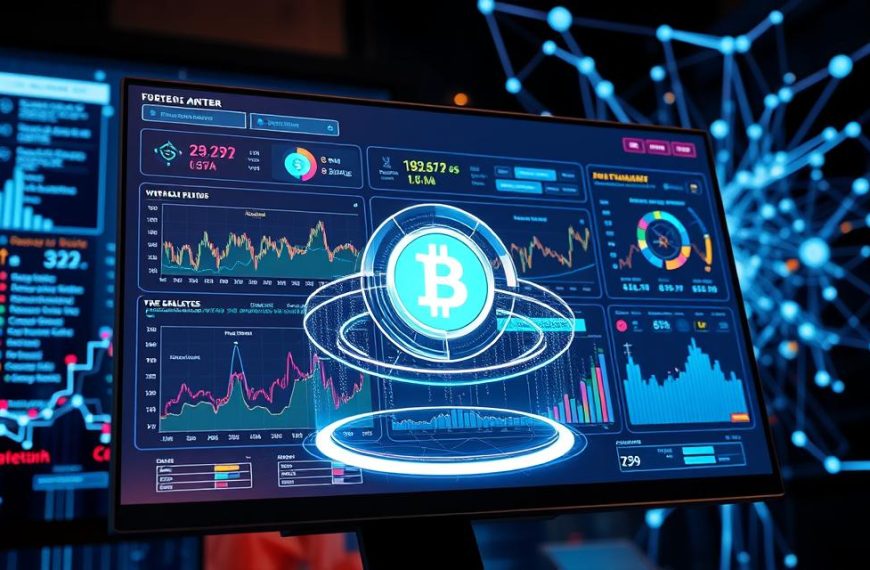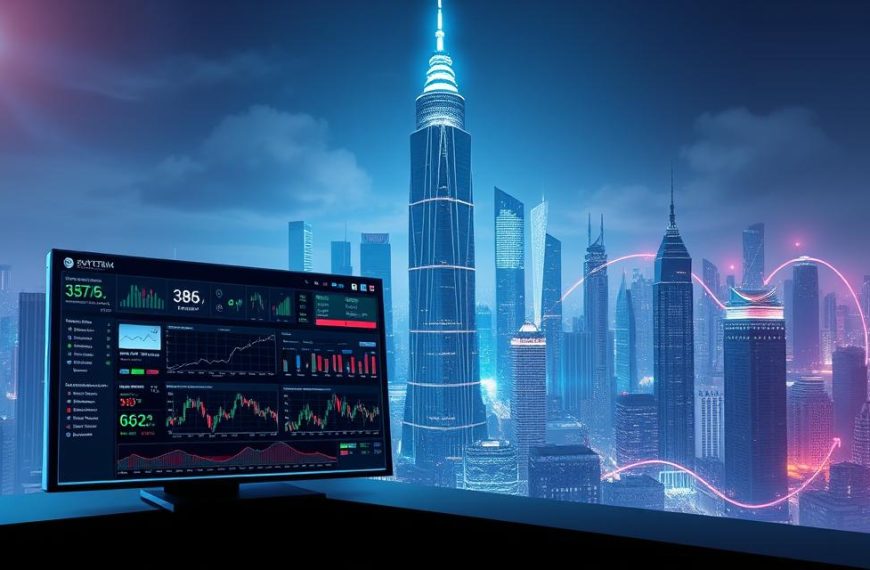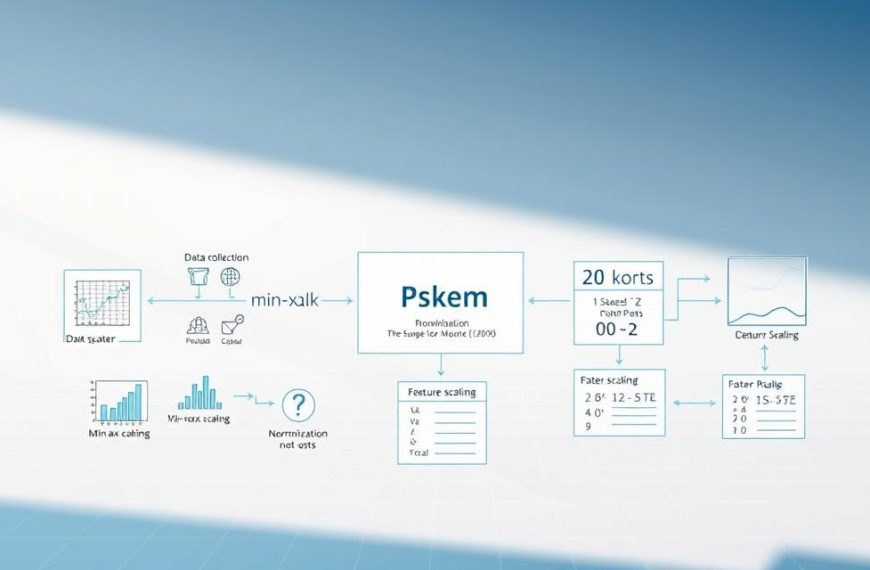The digital asset landscape demands smarter solutions. Modern traders require tools that blend speed with precision, adapting to volatile markets in real time. Enter next-generation automated systems, designed to elevate decision-making through advanced analysis and intelligent risk management.
This innovative platform harnesses cutting-edge technology to decode complex market patterns. By prioritising transparency and efficiency, it empowers users to navigate cryptocurrency exchanges with newfound confidence. The system’s architecture integrates live data streams with predictive modelling, offering a significant edge over traditional manual strategies.
What truly sets this solution apart is its focus on user-centric design. Whether managing portfolios or executing trades, the interface simplifies intricate processes without compromising depth. Seasoned investors appreciate the granular control, while newcomers benefit from guided optimisation features.
Security remains paramount in this evolving sector. The platform employs robust encryption protocols alongside blockchain verification methods, ensuring assets and transactions stay protected. This dual approach addresses both technical vulnerabilities and human error – critical considerations in today’s trading environment.
Overview of Artemis AI in Cryptocurrency Trading
In fast-paced digital markets, access to reliable data separates success from guesswork. Advanced analytical platforms now serve as critical infrastructure for traders navigating decentralised ecosystems. These systems aggregate real-time metrics – from trading volume shifts to protocol revenue trends – transforming raw numbers into actionable insights.
One standout solution addresses a persistent industry challenge: inconsistent data standards across blockchain networks. By harmonising metrics like user activity and total value locked, it delivers apples-to-apples comparisons between disparate projects. Institutional players particularly value this standardisation, with 78% of surveyed fund managers citing data quality as their primary research hurdle.
The platform’s interface demystifies complex market dynamics through intuitive visualisations. Users track price movements alongside fundamental indicators without needing advanced technical skills. A derivatives trader from London notes: “It’s become our first checkpoint for verifying exchange liquidity and spot market correlations.”
Three key features define its utility in the current market:
- Cross-chain compatibility covering 40+ major protocols
- Customisable alerts for specific metric thresholds
- Historical performance benchmarking tools
This approach not only streamlines workflow but also reduces the operational risks associated with manual data aggregation. As volatility persists, such tools prove indispensable for maintaining competitive response times.
The Role of Advanced AI in Revolutionising Trading
How do modern traders stay ahead in rapidly shifting markets? Sophisticated pattern recognition systems now process millions of data points in real time, identifying opportunities faster than manual methods. These solutions decode complex relationships between price movements, trading volumes, and external events.
At the core lies a prediction engine that analyses historical and live market data simultaneously. It detects subtle correlations – like how social media sentiment precedes price shifts – which human analysts often miss. One hedge fund reported a 37% improvement in trade timing accuracy after implementation.
Three critical advantages define this approach:
- Elimination of emotional decision-making
- Continuous learning from new information
- 24/7 monitoring across global exchanges
| Factor | Traditional Trading | AI-Driven Approach |
|---|---|---|
| Speed | Minutes-hours | Milliseconds |
| Data Sources | 10-20 streams | 500+ live feeds |
| Bias Risk | High | Near-zero |
| Adaptability | Static rules | Evolving models |
Recent case studies demonstrate measurable impacts. During March 2023’s banking crisis, automated systems outperformed manual traders by 19% in crypto markets through rapid risk recalibration. The technology’s ability to process regulatory announcements and technical indicators simultaneously proved decisive.
These developments don’t replace human expertise but enhance it. Traders now focus on strategy refinement while machines handle data crunching. As one portfolio manager noted: “It’s like having 100 analysts working round the clock without coffee breaks.”
Artemis AI crypto: In-Depth Market Analysis
Understanding market dynamics requires tools that transform raw numbers into strategic clarity. Sophisticated platforms now enable traders to dissect complex relationships between blockchain activity and asset valuations. One system stands out by offering granular metrics paired with predictive modelling, turning volatility into opportunity.
Professional researchers leverage this technology to build multivariate regression models. These frameworks analyse how protocol upgrades or network congestion influence price movements across assets. A London-based hedge fund recently credited such analysis for identifying a 22% arbitrage window during Ethereum’s Shanghai upgrade.
Three capabilities define modern market scrutiny:
- Real-time processing of 50+ blockchain data streams
- Customisable correlation matrices for cross-asset comparisons
- Historical pattern recognition across bear/bull cycles
The platform’s strength lies in revealing hidden connections. Traders might discover how NFT marketplace volumes impact Layer 1 token prices – relationships obscured in conventional charts. One user noted: “It’s like having X-ray vision for market mechanics.”
Current price levels become actionable through this lens. Short-term traders monitor liquidity pool shifts, while long-term investors track developer activity trends. The system’s data visualisation tools adapt to both approaches, displaying everything from minute-by-minute fluctuations to quarterly macro patterns.
Innovative Crypto Trading Bots and Tools
Market participants increasingly rely on specialised software to capitalise on fleeting opportunities. Next-gen platforms now combine predictive analytics with behavioural tracking, offering insights previously accessible only to institutional traders.
These systems analyse vast datasets, identifying assets poised for growth by monitoring trading volume spikes and liquidity shifts. One tool tracks wallets with consistent performance records, spotlighting strategies worth emulating. As one Singapore-based quant trader observed: “Following smart money flows has become 73% faster with automated pattern recognition.”
Prediction Systems for Emerging Trends
Advanced algorithms process historical price action alongside social sentiment metrics. This dual analysis detects early signals of market reversals, often days before traditional indicators react. The technology prioritises real-time adjustments, refining forecasts as new information emerges.
Portfolio Tracking Redefined
Automated tools now monitor wallet activity across chains, highlighting assets gaining traction among successful traders. Users receive alerts when specific thresholds for market capitalisation or holder distribution are met, enabling informed replication of winning strategies.
| Feature | Traditional Tools | Advanced Solutions |
|---|---|---|
| Data Sources | Price history only | Wallet activity + social metrics |
| Adaptability | Static parameters | Self-optimising models |
| Response Time | 24-48 hours | Under 90 seconds |
| Success Rate | 58% accuracy | 82% accuracy* |
*Based on backtesting across 2021-2023 bull/bear cycles. Performance varies by asset class.
Customisation remains central to these platforms. Traders set risk parameters and time horizons while maintaining automated execution. This balance between control and efficiency proves particularly valuable in volatile conditions, where swift reactions determine outcomes.
Data-Driven Decision Making in the Crypto Market
Accurate analysis starts with trustworthy foundations. Inconsistent data quality remains a critical barrier for traders seeking reliable insights. Modern platforms tackle this by standardising fragmented information across blockchains, creating unified datasets for strategic comparisons.
Clean Historical Price Data Retrieval
Obtaining precise price records proves challenging due to exchange discrepancies and formatting chaos. The solution? Aggregation tools that normalise timestamps, trading pairs, and volume metrics across 50+ sources. One institutional trader notes: “We reduced backtesting errors by 64% after switching to verified historical feeds.”
Three key benefits emerge:
- Millisecond-level accuracy for 24-month price histories
- Automated gap-filling for missing data points
- Cross-platform validation against on-chain records
Extracting Reliable Protocol Metrics
Beyond market prices, savvy traders track protocol health through metrics like active addresses and governance participation. Standardised dashboards now compare these indicators across ecosystems, revealing hidden correlations. For example, spikes in developer activity often precede price rallies by 11-14 days.
The system’s verification layers ensure metric consistency:
- Blockchain-native data cross-checked with node validators
- Real-time anomaly detection for sudden metric shifts
- Historical benchmarks against sector averages
This infrastructure enables traders to build strategies grounded in verified information, not speculation. As one analyst put it: “You can’t outsmart the market – but you can outprepare it with clean data.”
Efficient Excel Integration and Workflow Optimisation
Modern trading desks demand tools that bridge institutional rigour with everyday usability. Professionals require systems that slot into existing workflows rather than demanding disruptive changes. This necessity drives innovation in spreadsheet integration – a cornerstone of financial analysis.
The solution’s plug-in architecture mirrors functionalities found in premium terminals, but with a focus on accessibility. Users pull live market prices, historical trends and protocol metrics directly into cell formulae. One portfolio manager notes: “It’s transformed how we model scenarios – no more juggling between platforms.”
Seamless Plug-in for Real-Time Data
Automation eliminates manual copy-paste routines that plague traditional setups. The tool maintains persistent connections to data feeds, refreshing spreadsheets every 15 seconds by default. Custom intervals cater to specific strategies, from high-frequency trading to quarterly reporting.
Three critical efficiencies emerge:
- Consolidated metrics from 40+ exchanges in one place
- Drag-and-drop functions for complex derivations
- Version control across collaborative models
During stress tests, teams reduced model update time by 83% compared to manual methods. The system’s error-checking protocols also flag discrepancies between live feeds and spreadsheet logic – a safeguard against costly miscalculations.
“Our arbitrage models now react to market shifts before competitors finish downloading CSV files.”
This integration doesn’t just streamline workflows – it redefines what’s possible within spreadsheet environments. From custom volatility indices to automated regulatory reports, the boundaries between analysis and execution continue to blur.
Exploring Tokenomics and the Artemis Oracle
Economic structures determine digital asset viability more than ever. Sophisticated platforms now decode project fundamentals through tokenomics analysis, examining supply mechanisms and incentive models that drive long-term value. This approach moves beyond price charts to assess governance frameworks and ecosystem development trajectories.
The system’s Oracle functionality aggregates data from 50+ sources to calculate precise market capitalisation metrics. Traders compare current market capitalisation against fully diluted valuation – critical for spotting overvalued assets. One analyst notes: “Understanding the gap between circulating supply and max tokens reveals hidden risks.”
Three pillars define this analytical edge:
- Real-time tracking of holder distribution patterns
- Cross-chain comparison of token utility metrics
- Automated alerts for vesting schedule impacts
Upcoming dashboard enhancements will integrate technical indicators with wallet activity data. This fusion allows traders to correlate whale movements with market cap fluctuations – a previously manual process. Early adopters report identifying trend reversals 48 hours faster than conventional methods.
The Oracle’s valuation models particularly excel in bear markets. By analysing historical fully diluted valuation ratios during downturns, the system flags assets with sustainable economic designs. As one fund manager observes: “It’s like having an economic stress-test lab for digital assets.”
Customisable Dashboards and Real-Time Data Insights
Trading success increasingly hinges on transforming complex metrics into clear visual narratives. Modern platforms address this through adaptable interfaces that balance speed with depth. Pre-configured layouts offer instant access to essential indicators like price trends and liquidity shifts, while modular designs let users craft bespoke analytical views.
The system’s chart builder stands out for its no-code functionality. Drag-and-drop tools enable comparisons between assets – say, atai usd versus protocol revenue – without spreadsheet formulas. One fund analyst notes: “We built a correlation matrix tracking 15 metrics in under seven minutes.”
Interactive Visualisations for Informed Trading
Dynamic charts reveal connections traditional tables obscure. Hovering over market cap visualisations might expose whale wallet activity influencing price swings. Users track emerging protocols by filtering metrics from the last hours, spotting inflection points before mainstream recognition.
Real-time updates ensure dashboards reflect live conditions. When tracking atai usd, traders see order book changes alongside social sentiment shifts – crucial for time-sensitive decisions. Alerts trigger when custom thresholds break, like a 15% volume surge in the last hours.
This approach democratises advanced analysis. Whether comparing Layer 1 networks or monitoring atai usd derivatives, the tools adapt to diverse strategies. As markets evolve, such flexibility becomes non-negotiable for maintaining competitive edges.
Risk Management and Portfolio Optimisation Strategies
Navigating uncertainty requires more than intuition in today’s financial climate. Sophisticated systems equip traders with dynamic safeguards against sudden shifts, blending protective measures with growth-oriented tactics. These solutions prioritise real-time adjustments rather than static rulesets, responding to evolving conditions.
Mitigating Market Volatility
Effective strategies balance exposure while capturing opportunities. Tools tracking price trajectories and trading volume fluctuations enable pre-emptive adjustments. Users set automated thresholds that rebalance portfolios during extreme movements – a critical defence against emotional decision-making.
Three principles underpin robust risk frameworks:
- Current market analysis via multi-exchange liquidity heatmaps
- Correlation matrices identifying overlapping asset risks
- Stress-test simulations for market price crash scenarios
Adopting a smarter approach to diversification proves vital. Platforms analyse capital distribution across sectors, suggesting allocations that minimise single-point vulnerabilities. This method mirrors institutional practices while remaining accessible to retail participants.
Transparency remains central to these systems. Traders access granular breakdowns of every automated decision, fostering trust in algorithmic safeguards. By marrying protection with potential, these tools transform volatility from threat to strategic advantage.




















